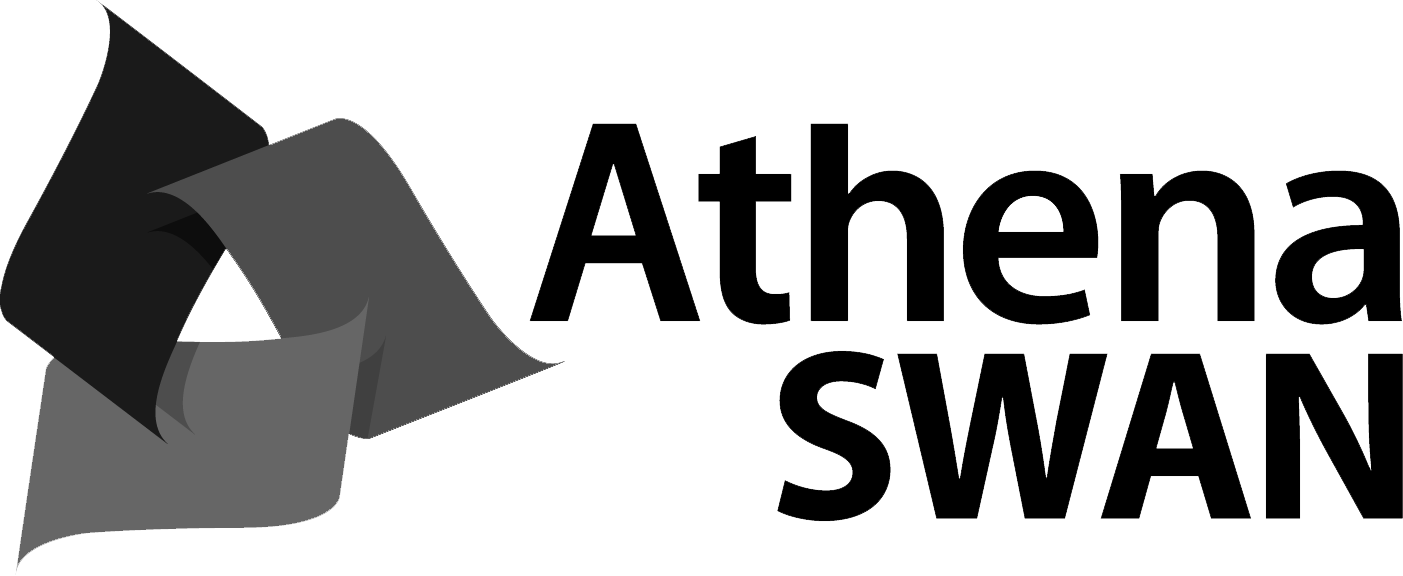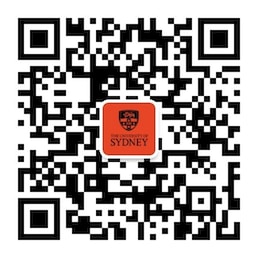MEDS2005 is for students who are studying Human Anatomy and Histology in the Medical Sciences stream. Through face-to-face, Zoom, Pre-recorded lectures and engaging laboratory practical classes that involve the use of human cadavers and histological slides of human tissues, you will gain fundamental knowledge of the Anatomy and the Histology of the human body including the nervous, endocrine, musculoskeletal, respiratory, cardiovascular, urinary, digestive and male and female reproductive systems. Lectures and laboratory practical classes have forums for discussion and debate regarding the structure and function of the human body. MEDS2005 starts by teaching the language of Anatomy and Histology and systematically addresses the Anatomy and Histology specific to each body system to prepare you with knowledge and practical skills for many applied anatomical and histological settings. In the hands-on laboratory practical classes, you will work in teams, engaging with the content, building your interpersonal skills, and fostering a professional attitude towards learning and scientific endeavour. You will consider the processes of body donation and the ethical, legal and moral frameworks around which people donate their remains for anatomical learning, teaching and research. This Unit of Study teaches the Anatomical and Histological knowledge that is assumed for entry into the Graduate Medical Program at the University of Sydney and that serves as suitable preparation for Graduate Programs in Dentistry, Nursing, Physical therapies, Forensic sciences and other applied para-clinical and clinical fields. Successful completion of this Unit will equip you with a solid foundation in Human Anatomy and Histology to support Post-Graduate careers in the fields of Biomedical Research, Innovation and Development.
Unit details and rules
| Academic unit | Department of Medical Sciences |
|---|---|
| Credit points | 6 |
| Prerequisites
?
|
6 cp from (BIOL1003 or BIOL1903 or BIOL1993 or BIOL1008 or BIOL1908 or BIOL1998 or MEDS1001 or MEDS1901) |
| Corequisites
?
|
None |
|
Prohibitions
?
|
ANAT2011 or BMED2402 or BMED2403 or BMED2405 or BMED2406 or BMED2801 or BMED2802 or BMED2803 or BMED2804 or BMED2805 or BMED2806 or BMED2807 or BMED2808 |
| Assumed knowledge
?
|
MEDS1X01 |
| Available to study abroad and exchange students | No |
Teaching staff
| Coordinator | Michelle Gerke-Duncan, michelle.gerke@sydney.edu.au |
|---|---|
| Lecturer(s) | Sarah Croker, sarah.croker@sydney.edu.au |
| Suzanne Ollerenshaw, suzanne.ollerenshaw@sydney.edu.au | |
| Michelle Gerke-Duncan, michelle.gerke@sydney.edu.au | |
| Richard Ward, richard.ward@sydney.edu.au | |
| Claire Goldsbury, claire.goldsbury@sydney.edu.au | |
| Jennifer Menzies, jennifer.menzies@sydney.edu.au |





